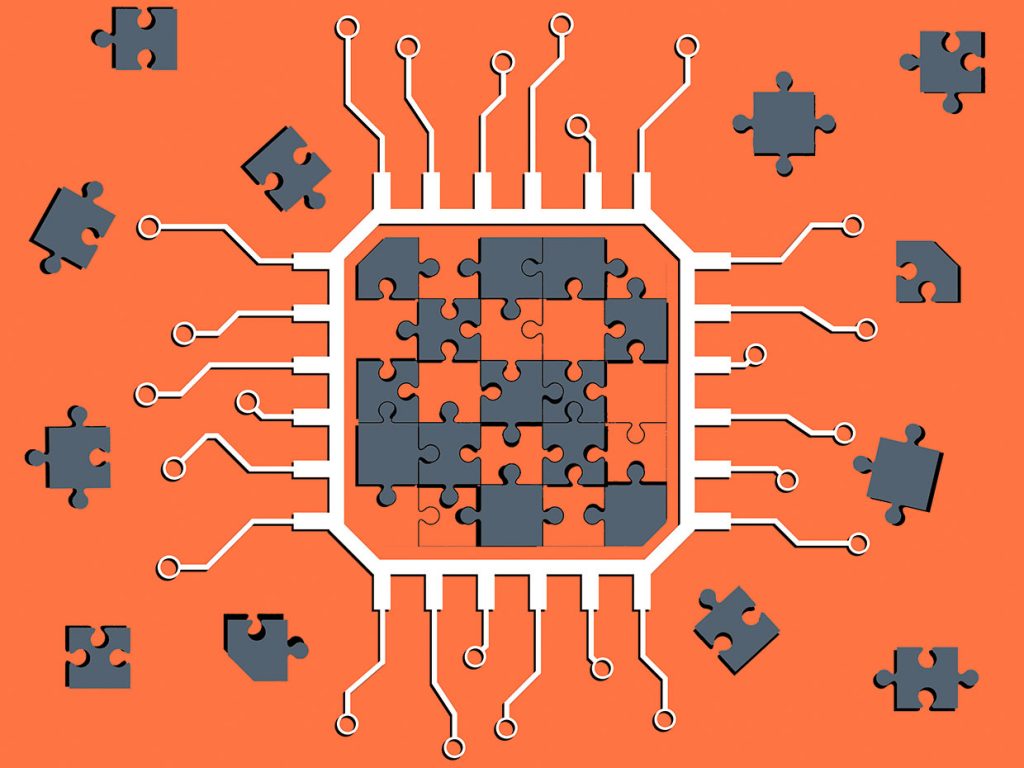The way the current phones are designed is known as System-on-Chip (SoC). What this means is that everything from the RAM, the processor, the GPU, and storage are all built on a single integrated chip to make the cost a little less. The SoCs are the reason why you can get a computer as small as a smartwatch.
Why is the System-on-Chip design going to die out?
The problem with SoCs now is their high development cost. It takes millions of dollars to produce a new design of an SoC that fits a company’s needs and even then it can cost more to manufacture and test the designs. With the customer demands increasing every day, it is becoming highly difficult to design different chips that suit each customer.
Gaming phones, for example, require a high-performance GPU and RAM as opposed to regular phones and they require custom chips. Apple produces its custom chips(A14 bionic) that have specific modules integrated for AI that is becoming a standard feature along with cameras these days. All of this is making SoCs obsolete.
So what are Chiplets?
Some of you might already be familiar with Project Ara that was going to be launched by Google way back in 2016 but suddenly vanished. The core concept of the project was a modular phone that could be used by anyone to upgrade and install different modules as they wished making the phone highly customizable.
Now imagine the same concept but with the insides of your current phone. Chiplets, as the name suggests, are tiny chips. They are different from SoCs in the sense that they breakdown the RAM, processor, and GPU into a set of tiny chips that can easily communicate with each other.
Previously it was difficult for this design to be feasible because of the communication medium between different modules. You couldn’t use wires like on a motherboard to connect different modules and the printed connections on a circuit board took too much energy and space while not being fast enough.
![]()
How do Chiplets work?
The Chiplets use a new fabric known as the silicon-interconnect fabric. This all-silicon technology allows bare chips to be connected directly to wiring on a separate piece of silicon. Unlike connections on a printed circuit board, the wiring between chips on the fabric is just as small as wiring within a chip. Many more chip-to-chip connections are thus possible, and those connections can transmit data faster while using less energy.
The Chiplets are woven into this fabric and can communicate easily with each other. This means that traditional SoCs do not need to be designed. You can integrate different chips together freely allowing new levels of customization on the core level.
Future for Chiplets?
The future looks very bright for this concept. AMD has already been looking at new ways to tackle the Chiplet wave that is bound to come at them with full force. Chiplet technology will also make computers smaller and faster. Who knows maybe one day your whole desktop PC might be able to fit into your smartwatch.
Image Source: IEEE




 Lack of jobs for engineers isn’t the problem, poor quality of education is: Fawad Chaudhry
Lack of jobs for engineers isn’t the problem, poor quality of education is: Fawad Chaudhry